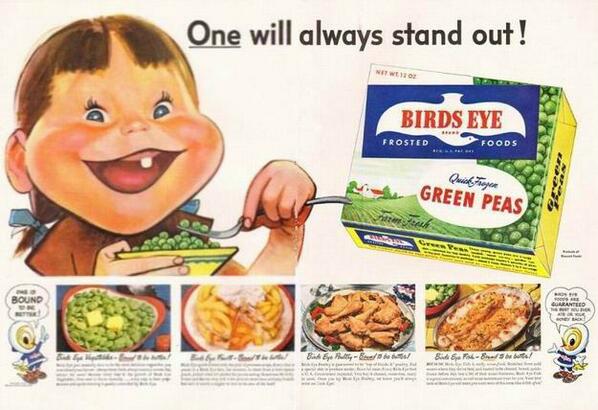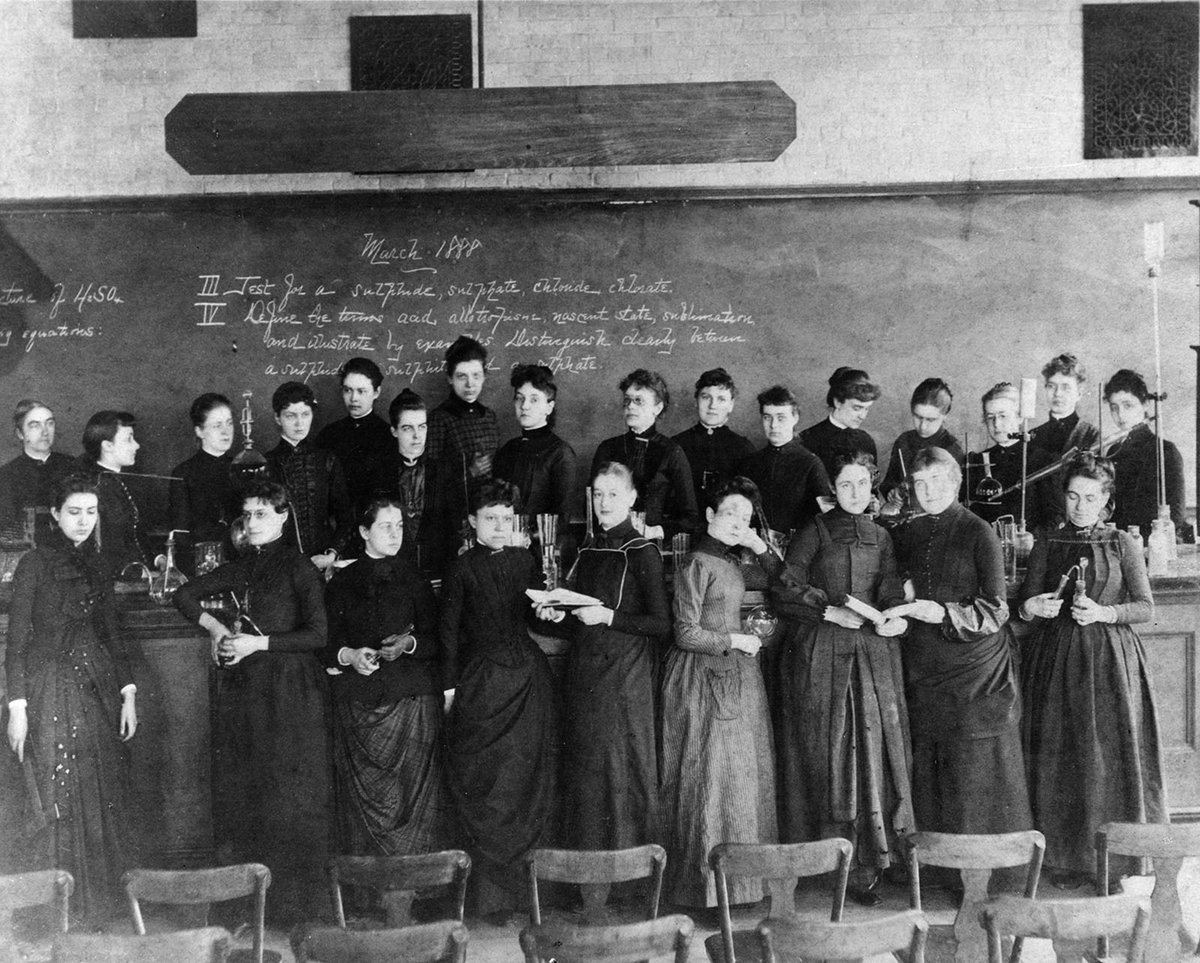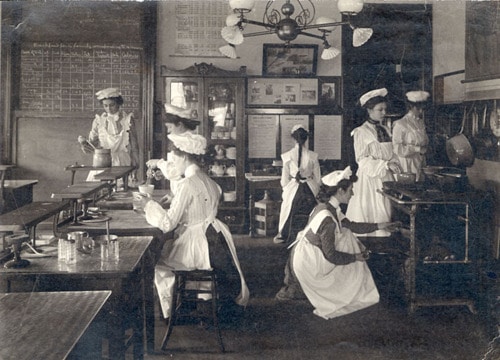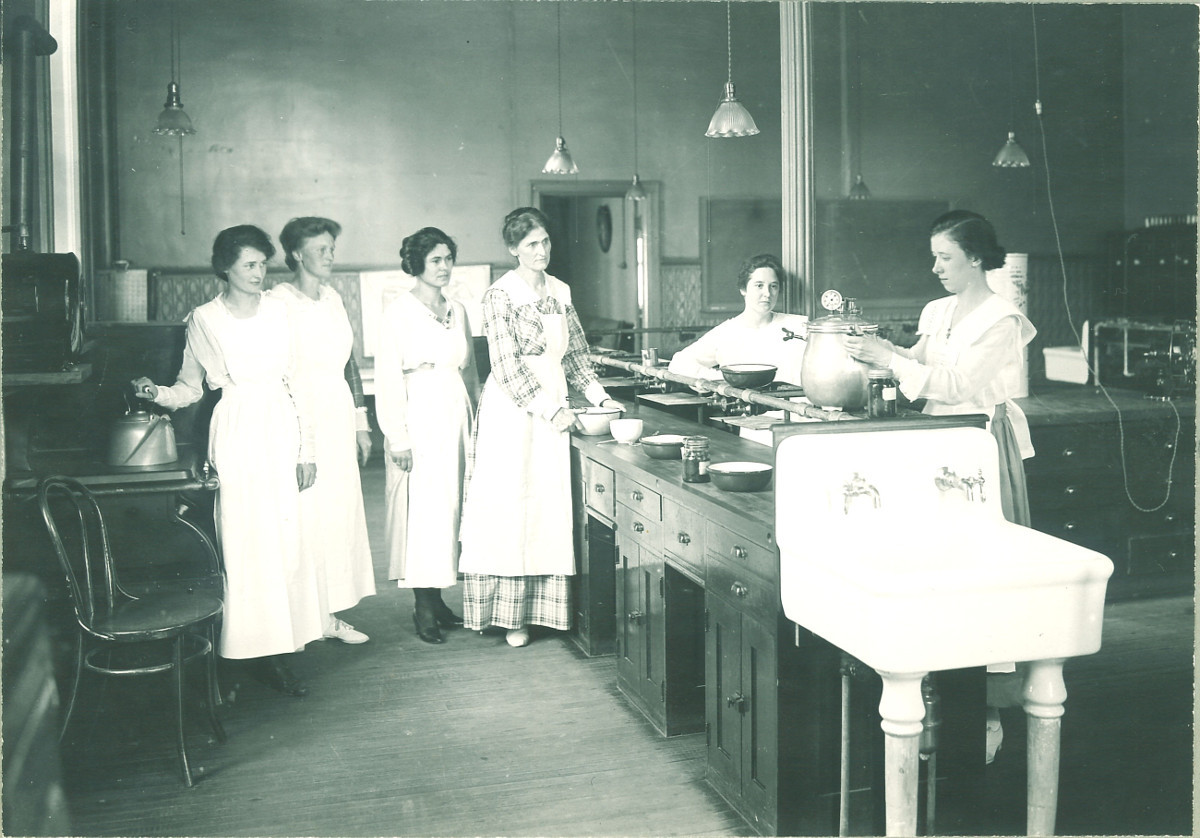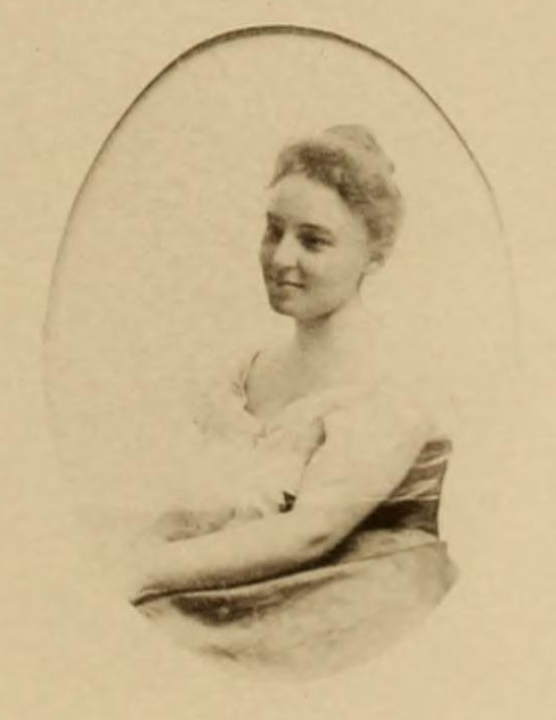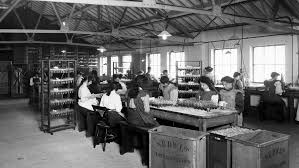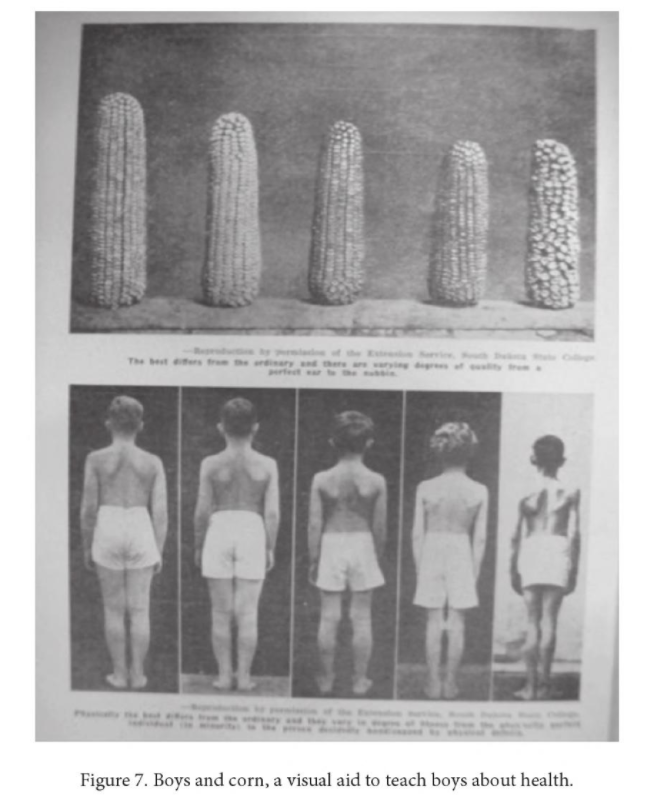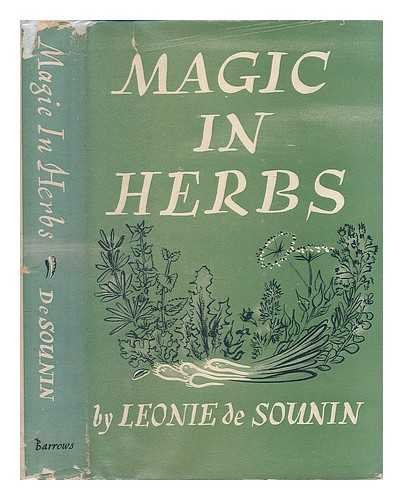With Thanksgiving approaching, we& #39;re spotlighting a Simmons faculty #suffragist who taught nutrition. Professor MIRIAM BIRDSEYE researched what we’d now call #foodsecurity: how to make healthy food affordable & accessible to people with lower incomes. #SimmonsSuffs  https://abs.twimg.com/emoji/v2/... draggable="false" alt="🧵" title="Thread" aria-label="Emoji: Thread">
https://abs.twimg.com/emoji/v2/... draggable="false" alt="🧵" title="Thread" aria-label="Emoji: Thread">
1/
1/
We’re not going to say much about Clarence Birdseye II, famous frozen food entrepreneur, because this thread is about Miriam. But yes, they were related. Clarence was her little brother, and they shared an interest in nutrition and food science.
2/
2/
The new field of home economics, or domestic science, was just forming when Miriam Birdseye made it her own. Our digital exhibit https://beatleyweb.simmons.edu/suffrage ">https://beatleyweb.simmons.edu/suffrage&... notes how #HomeEc was a stronghold of Progressive reform and ambitious women professionals in the early 20th c.
3/
3/
Women like Simmons& #39;s Sarah Louise Arnold, Miriam Birdseye & @MIT& #39;s Ellen Swallow Richards created Household Economics as a way to welcome #womeninSTEM as well as to encourage the application of science to improve home, family, and community.
https://wams.nyhistory.org/modernizing-america/modern-womanhood/ellen-swallow-richards/
4/">https://wams.nyhistory.org/modernizi...
https://wams.nyhistory.org/modernizing-america/modern-womanhood/ellen-swallow-richards/
4/">https://wams.nyhistory.org/modernizi...
At Simmons, the #HomeEc curriculum encompassed management, marketing, art and design, architecture, bacteriology, dietetics, and bookkeeping, as well as general courses in humanities and social sciences.
https://slis.simmons.edu/ruthgates/simmonslife
5/">https://slis.simmons.edu/ruthgates...
https://slis.simmons.edu/ruthgates/simmonslife
5/">https://slis.simmons.edu/ruthgates...
#HomeEc ingeniously combined traditionally female domestic concerns with scientific knowledge. Students learned about chemistry and nutrition in kitchen laboratories, for instance, and they rigorously tested the structure of fabrics. #womenalsoknow
6/
6/
No wonder many in the 1st generation of domestic scientists identified as #suffragists. The #suffrage movement, in turn, supported the field of #HomeEc. Cookery itself became a political strategy, as @jmderleth and other historians will tell you.
7/
7/
#Suffrage cookbooks, bake sales, fairs, and lunch carts not only raised funds; they showed that suffragists wanted to modernize, not reject, domestic roles. But, back to our suffragist:
8/
8/
Born in Brooklyn, New York in 1878, Miriam Birdseye received an excellent education. She graduated from the Packer Collegiate Institute then earned an A.B. from @smithcollege in 1901. Here is her lovely yearbook photo.
9/
9/
After college, Miriam Birdseye briefly worked for the Department of Health and Economics of the National Lamp Association of Cleveland, where she investigated the working conditions of women employees in the organization’s factories.
10/
10/
Birdseye became interested in women’s industrial labor as a result of this work. She joined the National Society for the Promotion of Industrial Education and served as Chairman of the Textile Standardization Committee of the American Home Economics Association.
11/
11/
After earning a diploma in Normal Domestic Science from Pratt Institute in 1907, Birdseye began her career as a teacher. She worked as an instructor in Household Economy at the Hebrew Technical School for Girls in New York City, then taught Household Economics at Simmons.
12/
12/
Miriam Birdseye’s academic career continued as Head of the Department of Household Economy at Bates College from 1911 to 1912. Around 1915, Birdseye began lecturing at Cornell University, focusing on nutrition, and particularly on meat.
13/
13/
By 1917, she had moved to Washington, D.C., where she worked as a nutrition specialist at the Extension Service of the federal Department of Agriculture, a position she held until her retirement in 1946.
14/
14/
She traveled thru the country to conduct research, meet w agri workers & state nutritionists, and lecture to students & clubwomen on topics related to nutrition and cooking. For the Dept of Agriculture, she co-wrote "Adequate Diets for Families with Limited Incomes" (1931).
15/
15/
@gnrosenberg writes that Miriam Birdseye helped persuade boys& #39; 4-H clubs to include discussions of human health, and even sexual education, not only through animal and plant metaphors. She created a popular visual aid that got reprinted thru the 1930s and 1940s:
16/
16/
The graphic that Miriam Birdseye created for 4-H "compared the physical growth & development of boys to... corn." ( @gnrosenberg) You didn& #39;t see that one coming, did you? That& #39;s why you should read "The 4-H Harvest: Sexuality and the State in Rural America." Lots more there.
17/
17/
For more than ten years, Miriam Birdseye shared her Washington, D.C. home with fellow Extension Service worker Leonie de Sounin, a baroness from Bohemia. The two were avid gardeners, and, in 1941, Birdseye wrote the introduction to de Sounin’s book Magic in Herbs.
18/
18/
Birdseye moved to Carmel, California following de Sounin’s death in 1942 and her own retirement in 1946. She died from a heart attack in August of 1948, and her funeral was attended by Extension Service workers from across the country.
19/
19/
We see #votesforwomen as an essential ingredient in Miriam Birdseye’s life & work. Though her recipe used only a pinch of it, #suffrage advocacy suffused the whole dish with independence, equality, and a sense of purpose. We hope you enjoyed learning about her! More soon —
20/20
20/20

 Read on Twitter
Read on Twitter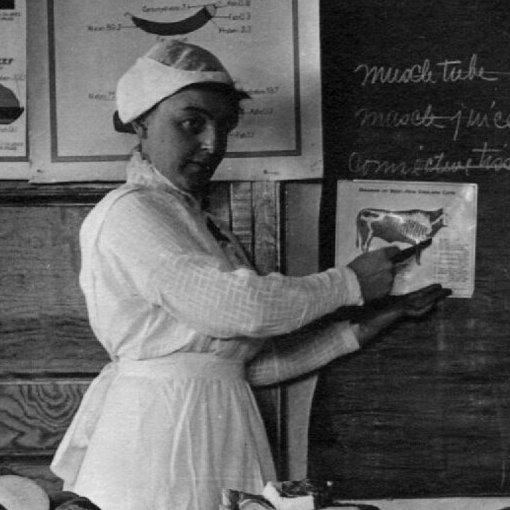 1/" title="With Thanksgiving approaching, we& #39;re spotlighting a Simmons faculty #suffragist who taught nutrition. Professor MIRIAM BIRDSEYE researched what we’d now call #foodsecurity: how to make healthy food affordable & accessible to people with lower incomes. #SimmonsSuffs https://abs.twimg.com/emoji/v2/... draggable="false" alt="🧵" title="Thread" aria-label="Emoji: Thread">1/" class="img-responsive" style="max-width:100%;"/>
1/" title="With Thanksgiving approaching, we& #39;re spotlighting a Simmons faculty #suffragist who taught nutrition. Professor MIRIAM BIRDSEYE researched what we’d now call #foodsecurity: how to make healthy food affordable & accessible to people with lower incomes. #SimmonsSuffs https://abs.twimg.com/emoji/v2/... draggable="false" alt="🧵" title="Thread" aria-label="Emoji: Thread">1/" class="img-responsive" style="max-width:100%;"/>
